Developing set routines in the classroom environment helps to prevent distractions that waste time and interfere with learning. Furthermore, routines help encourage responsibility and purpose, boosting morale in the classroom. Here are our top five ideas to create simple routines in your classroom from the get go!

Morning Tasks
In my classroom, I would begin the day by playing relaxation music as the children entered the classroom. This created a calm atmosphere to begin the day, and become a daily routine. While listening to the music children had a set task to complete. To fit in my daily handwriting practise, the children often sat down and completed a handwriting worksheet.
Here are some other ideas of morning tasks:
- children get ready for the day by placing their water bottle in its appropriate spot, handing in notes/homework and sharpening pencils
- silent independent reading
- finishing off incomplete work
- completing a particular set activity left for them on their desks or on the whiteboard.

Schedule the Day
Once the children have completed their first morning task, it’s time to take a look at their day – What should they expect? What equipment will they need?
Here is our Visual Daily Timetable – a great reminder for children to refer to during the day. Students then feel prepared and in control.
We also have a great visual timetable resource that works perfectly on the whiteboard for a whole class timetable. Changing this every morning so that the students know the schedule for the day is a great way to build independence in your class.
Classroom Calendar
In the early years, a classroom calendar is a great way for children to learn basic calendar concepts while easing into the school day. This may not be suited to your class. However, in the younger years, it is a nice whole class activity to practise carpet time and listening skills.
Done every morning, the children will know what to expect – this also alleviates any uncertainties – as the children know what their morning is going to look like.
Classroom Job Charts
Job charts are a great way to teach young learners to take responsibility and it’s a perfect way to manage classroom tasks. I would change the job chart every Monday to ensure everyone had the opportunity to work in each role. We have a range of downloadable job charts ready to download.
Small-Group Organisation
No matter how you manage or set up your classroom learning, most of the time you’ll have some element of small group work. If routines and expectations are not set in place, the transition from whole class to small group work can disrupt the class. It’s important the children know what to expect when it comes to their behaviour and also what transitioning from whole class to small group work looks like.
Using a display of the groups is a great start.
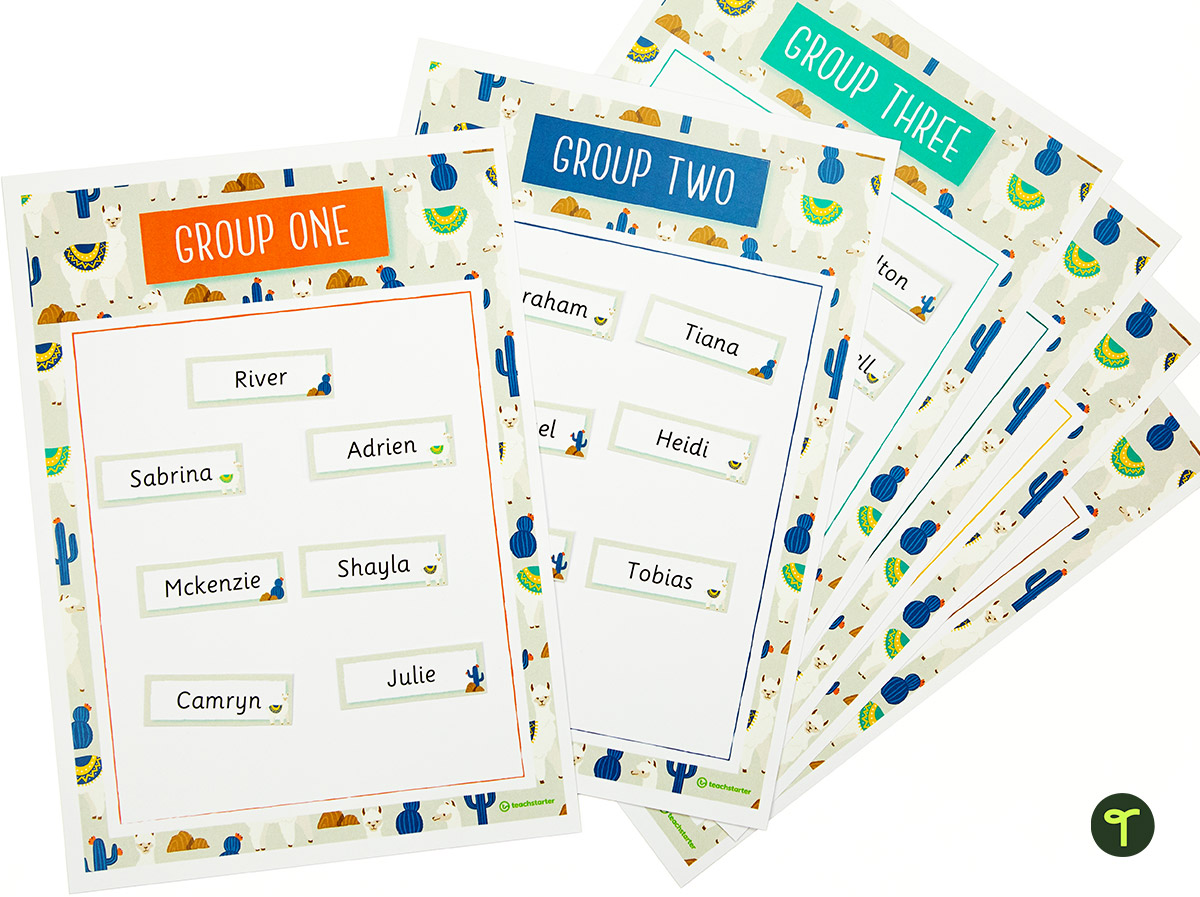
Setting routines in place helps to create a more enjoyable learning environment for all.

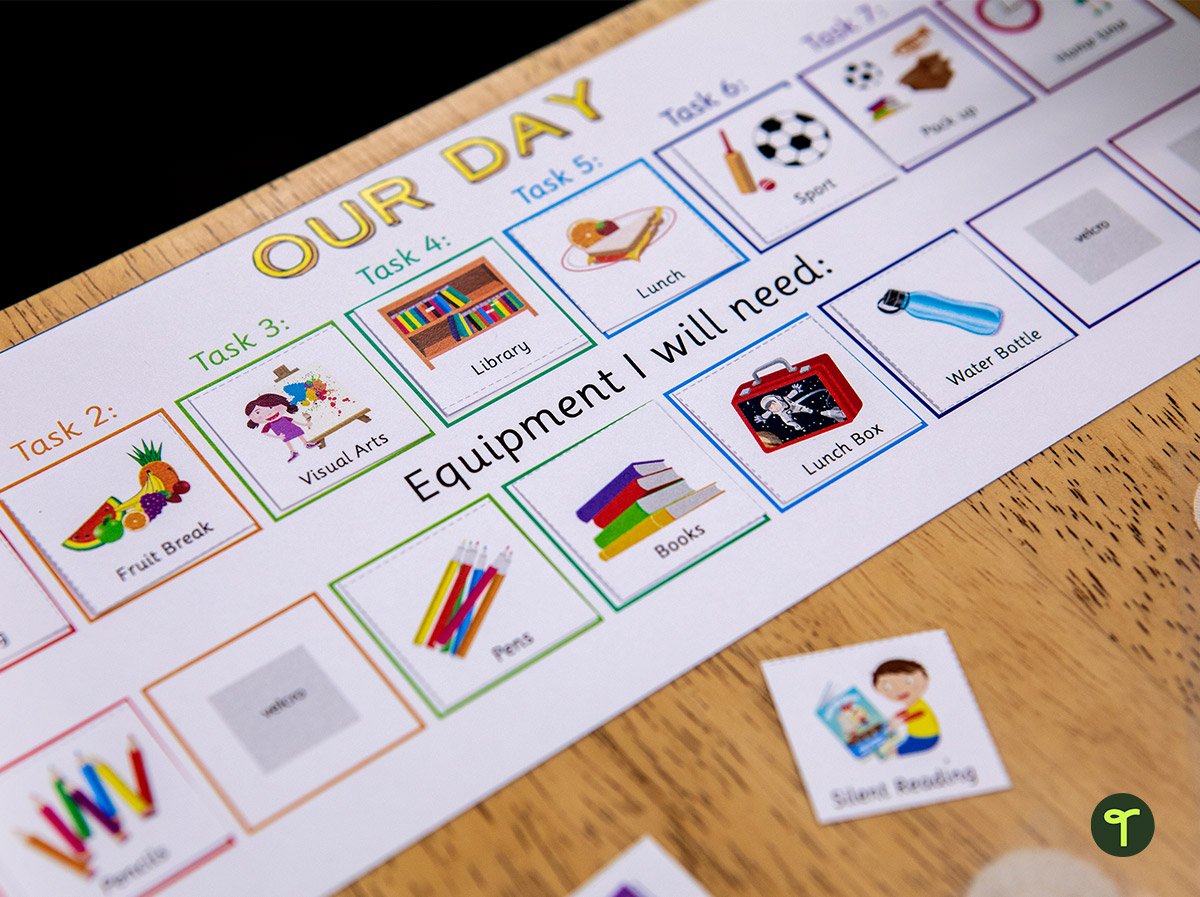
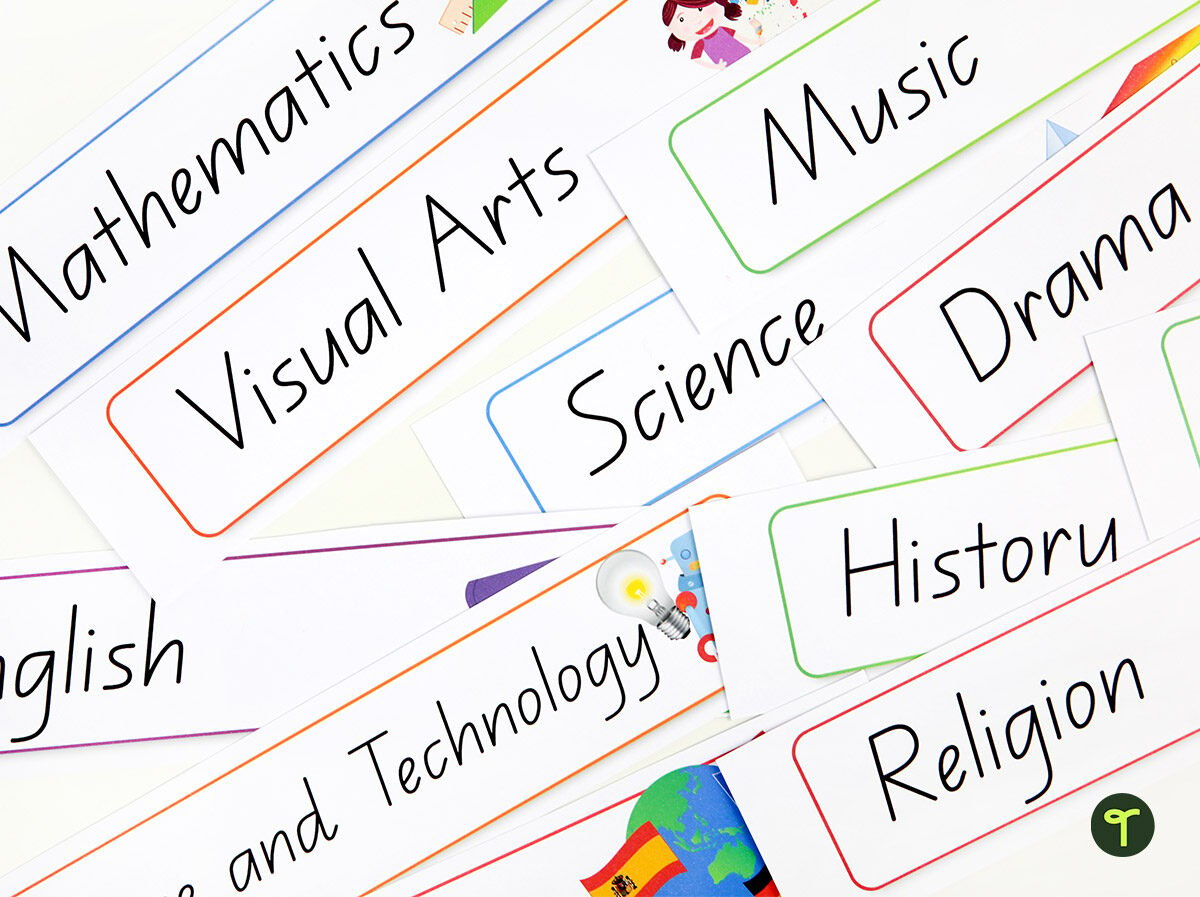
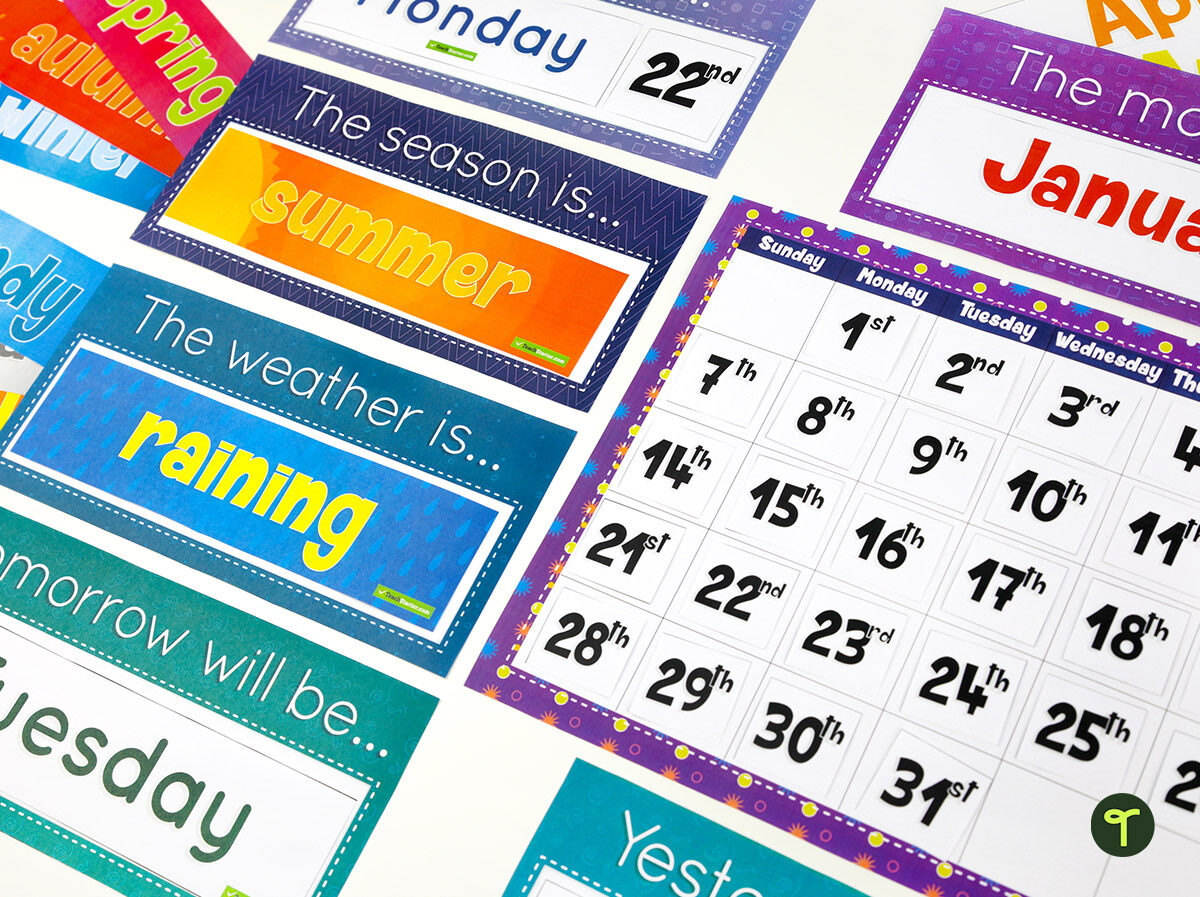
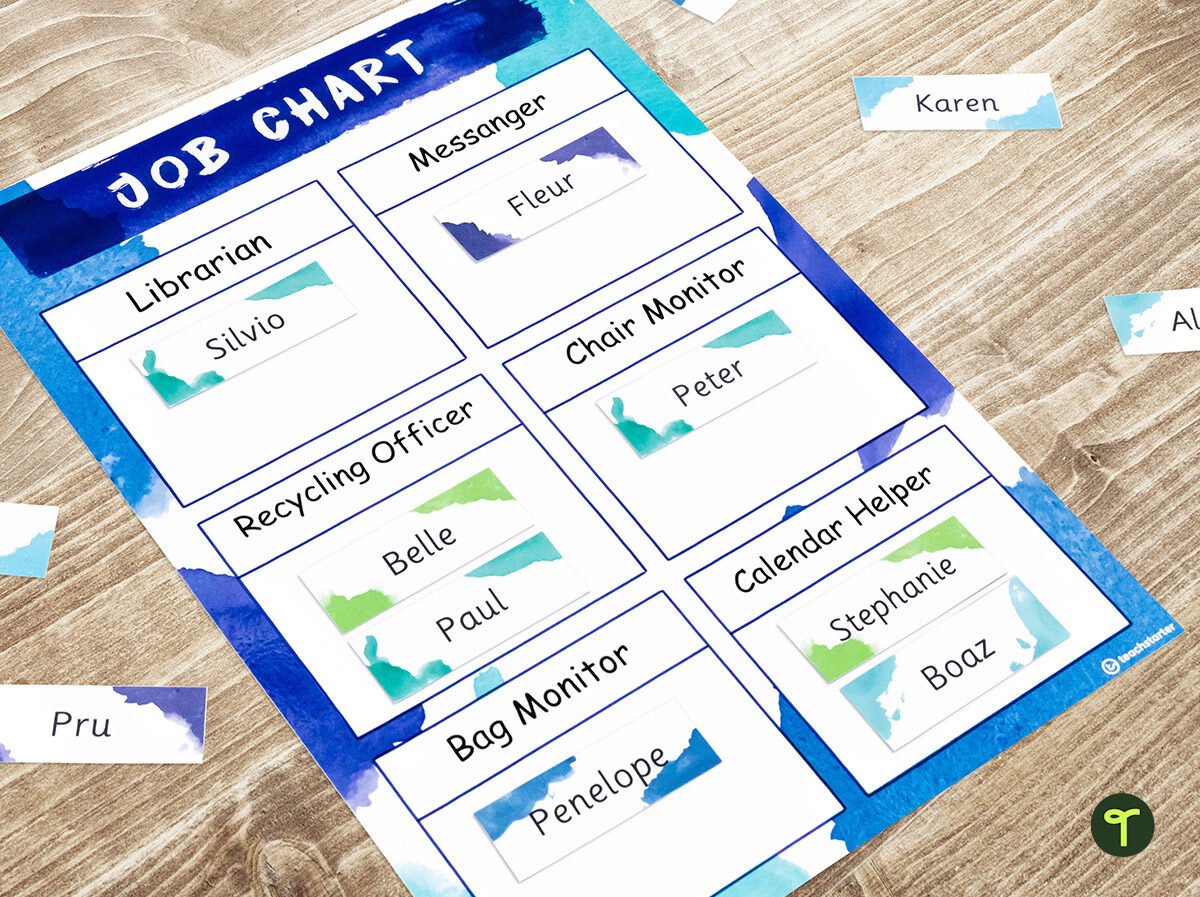






Comments